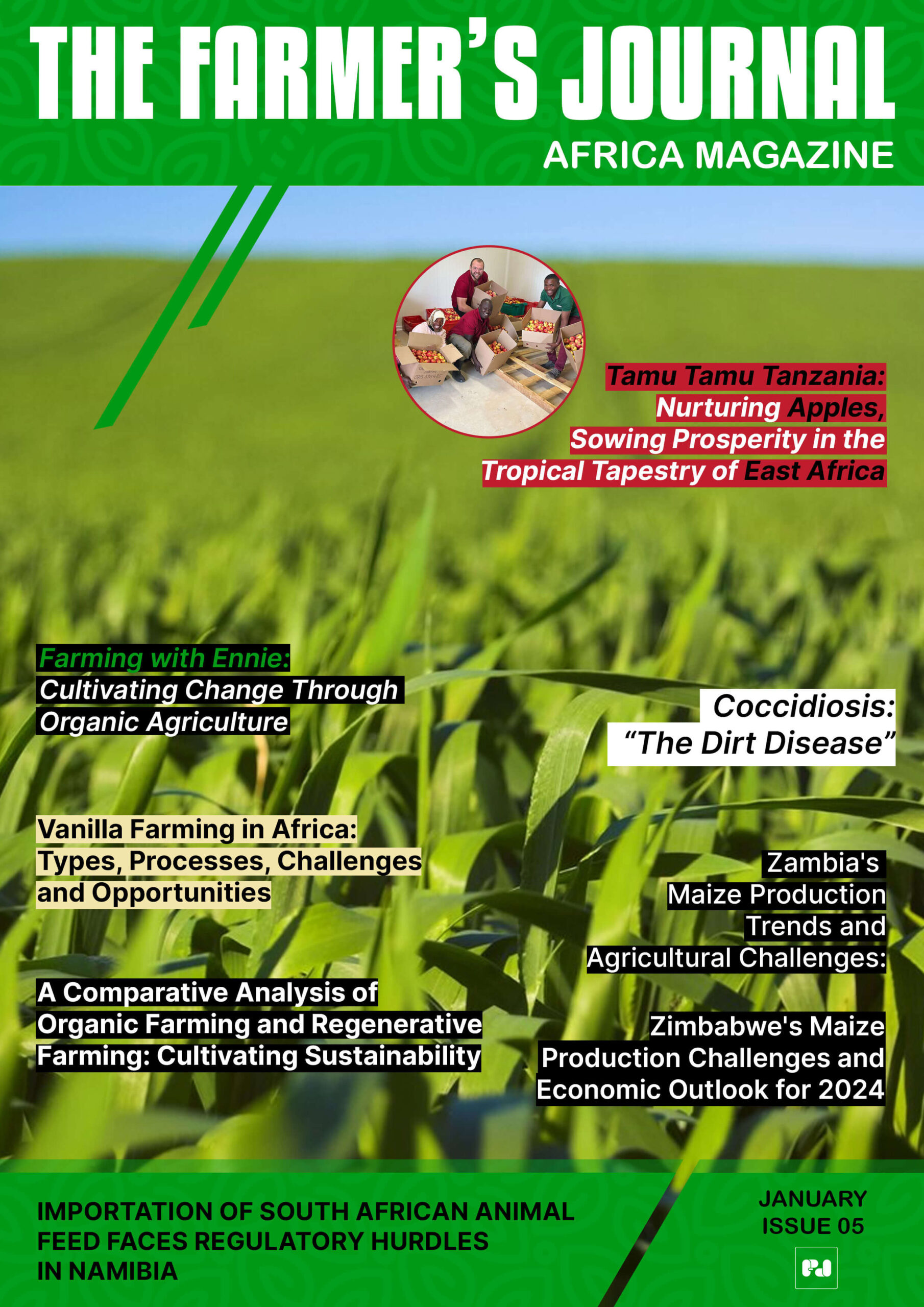NAGRC Boosts Ugandan Youth Poultry Farming at Kasolwe Stock Farm
At Kasolwe Stock Farm in Kamuli District, a quiet transformation is taking shape. Young farmers from across Uganda’s Busoga region…
At Kasolwe Stock Farm in Kamuli District, a quiet transformation is taking shape. Young farmers from across Uganda’s Busoga region…
Zimbabwe’s berry industry is experiencing unprecedented growth, with exports soaring by 50% in 2024. This rapid expansion, fueled primarily by blueberry production, underscores the nation’s rising prominence in the international fruit market. With exports increasing from 6 million kilograms in 2023 to 8 million kilograms this year, Zimbabwe is cementing its position as a key global player in berry exports. The Driving Forces Behind Zimbabwe’s Berry Boom Several factors have contributed to this remarkable growth, including favorable climatic conditions and expanding commercial farming operations. Unlike other fruits such as grapes, cranberries, strawberries, raspberries, and blackberries, blueberries have become the backbone of Zimbabwe’s berry exports, outpacing all competitors in production and global demand. Key Export Markets: Europe, the UK, and Beyond Zimbabwe’s berry exports are exclusively destined for international markets, with no local…
Ghana’s kitchen tables are dominated by frozen chicken shipped in from Europe, the United States…
Nandi, 27th June 2025… Eastern Produce Kenya (EPK) has today hosted over 1,000 farmers to demonstrate comprehensive…
Coffee lovers around the world may soon savour a cup that not only delights the…
… as Kakuzi Plc confirms ongoing value addition efforts for local market including cold-pressed macadamia…
Kenya’s Tea Sector Faces Critical MomentIn a decisive move to safeguard the future of Kenya’s…
A Bold Vision for Homegrown CitrusNamibia is set to reshape its fruit landscape by committing…
Kenya Rolls Out Centralized Coffee Payment System to Boost Farmer Earnings and Curb Corruption A…
Unlocking Global Demand with Vibrant Color and SweetnessSouth Africa’s Flash Gala apple, known in trade…
Zimbabwe’s tobacco industry is smoking hot this season. As of May 9, 2025, export earnings…
In its latest trading update for the period ended March 31, 2025, dairy producer Dairibord…
The Kenyan dairy sector is on the brink of transformation. On May 14, Nyeri County…
Nairobi County has ordered the immediate closure of all Naivas supermarket outlets in the city…

© 2023 The Farmer's Journal | Privacy Policy